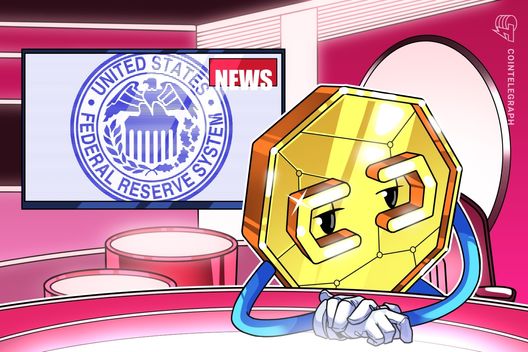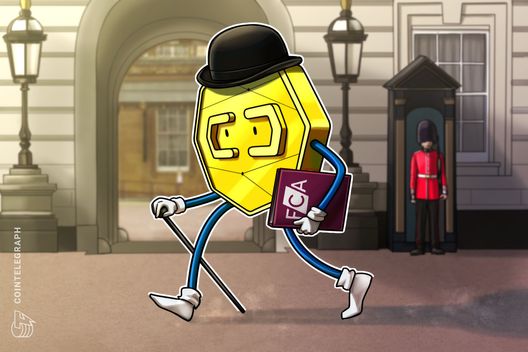Visa launches USDC settlement for US banks on Solana blockchain Visa launched USDC settlement for US financial institutions, starting with Cross River and Lead Bank on Solana, with a wider rollout planned for 2026.
Published Date: 2025-12-16 14:01:04
Creator: Cointelegraph by Adrian Zmudzinski
Read More
Political tokens played key role in memecoin boom and bust: CoinGecko Election-linked speculation and viral political tokens reshaped memecoins in 2024 before confidence unraveled in early 2025, CoinGecko data shows.
Published Date: 2025-12-16 13:36:42
Creator: Cointelegraph by Ezra Reguerra
Read More Solana under ‘industrial scale’ DDoS attack: Co-founder says it’s ‘bullish’ Solana co-founder Anatoly Yakovenko claims the network is facing an industrial-scale 6 Tbps DDoS attack that has shown little visible impact.
Published Date: 2025-12-16 13:05:05
Creator: Cointelegraph by Adrian Zmudzinski
Read More
Custodia renews bid for Fed master account in rehearing push at Tenth Circuit Custodia Bank is asking the full Tenth Circuit Court of Appeals to review the US Fed’s decision denying it a master account, which would allow it to process payments directly.
Published Date: 2025-12-16 12:28:00
Creator: Cointelegraph by Helen Partz
Read More Spain’s regulator sets out MiCA transition rules for crypto platforms Spain’s securities regulator, CNMV, has spelled out how it plans to run MiCA in practice, using a Q&A to inform crypto companies what to expect.
Published Date: 2025-12-16 12:17:12
Creator: Cointelegraph by Christina Comben
Read More UK regulator consults on crypto rules for exchanges, lending and DeFi The UK's FCA launched three consultations on new crypto market rules covering exchanges, staking, lending and DeFi, with feedback due Feb. 12, 2026.
Published Date: 2025-12-16 11:30:13
Creator: Cointelegraph by Ezra Reguerra
Read More
Alexander Ray, our partner within the CTDG initiative and a Web3 entrepreneur, co-founder of Albus Protocol and JPool, has passed away For our team, this is not only the loss of a respected builder in the Web3 space, but the loss of a close and trusted partner.
Published Date: 2025-12-16 11:22:49
Creator: Cointelegraph by Cointelegraph Decentralization Guardians
Read More Singapore-licensed StraitsX to bring its SGD, USD stablecoins to Solana in 2026 StraitsX will expand its Singapore dollar and US dollar stablecoins to Solana by early 2026, targeting payments, DeFi and AI use cases.
Published Date: 2025-12-16 10:44:09
Creator: Cointelegraph by Amin Haqshanas
Read More Bitcoin long-term holder supply hits 8-month lows: Bullish or bearish? The amount of Bitcoin in long-term holder wallets hit cyclical lows, but is it enough to help the bulls avoid a decline toward $68,000?
Published Date: 2025-12-16 10:14:31
Creator: Cointelegraph by Nancy Lubale
Read More
Trump to ‘look into’ recently convicted Samurai Wallet co-founder Trump has already pardoned two crypto heavyweights, Binance founder Changpeng “CZ” Zhao in October and Silk Road founder Ross Ulbricht in January.
Published Date: 2025-12-16 02:21:20
Creator: Cointelegraph by Stephen Katte
Read More









